As the holiday season settles over the capital city, Topekans are busy planning menus, shopping for ingredients, and preparing to celebrate a season steeped in tradition. But what does Christmas taste like in a city as diverse as ours? Let’s dive into the delicious traditions that bring us together this time of year—and maybe even spark a few new ideas for your holiday table.
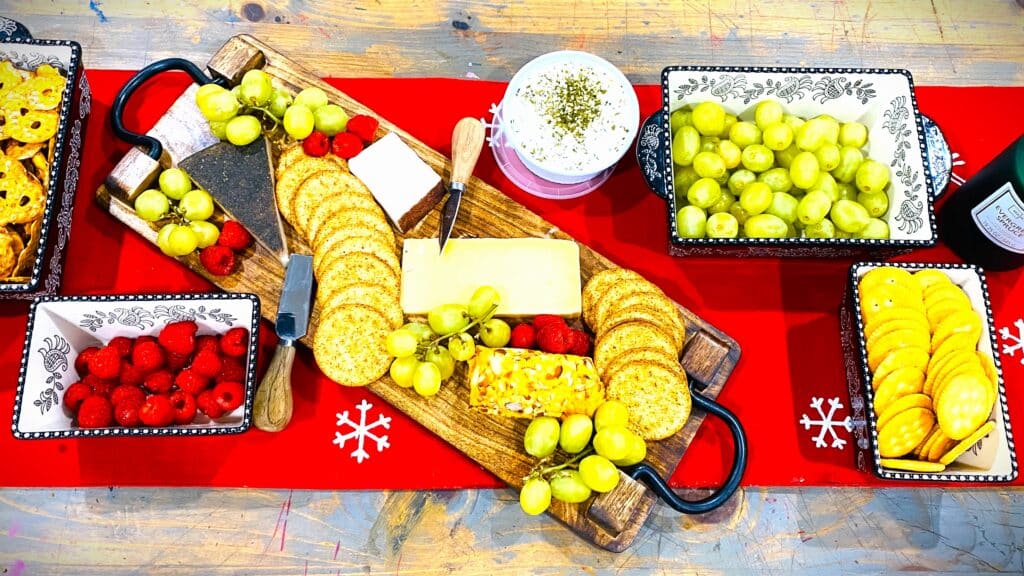
Christmas Eve Traditions
For many families, Christmas Eve is a time to gather and enjoy comforting, home-cooked meals. In Hispanic households across Topeka, the evening often centers around tamales, lovingly prepared by generations of family members. The process is just as important as the result, with laughter, stories, and sometimes a little friendly competition filling the air. Alongside tamales, you might find pozole—a hearty, hominy-based soup—or champurrado, a rich and warming chocolate drink.
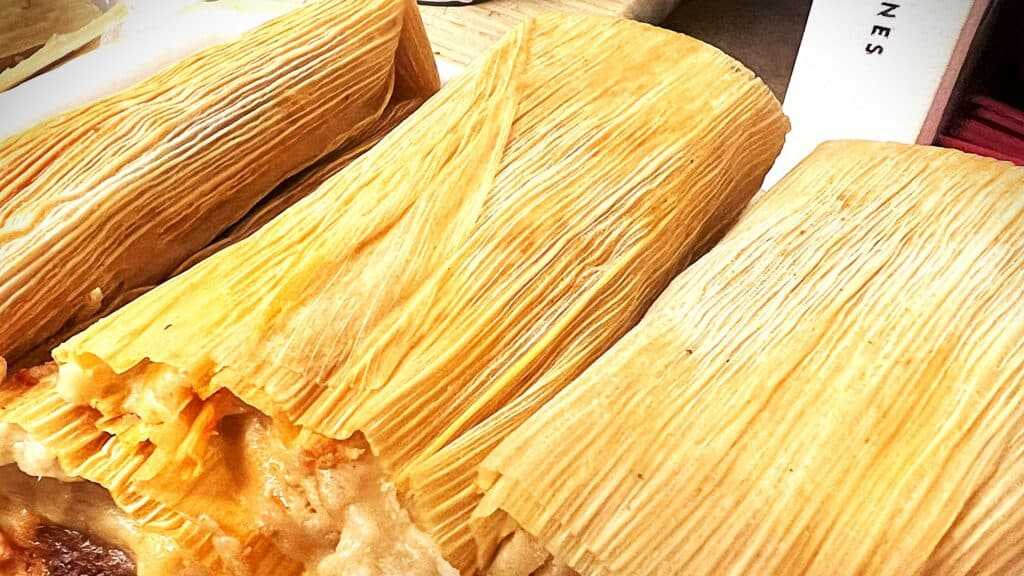
In African American families, Christmas Eve is a chance to showcase soul food classics. Think collard greens, mac ‘n’ cheese, cornbread, and perhaps a honey-glazed ham. The smells of the kitchen blend with the sounds of holiday music, creating a festive atmosphere that’s as much about togetherness as it is about food.
And let’s not forget about those Midwestern favorites. For many Topekan families, Christmas Eve wouldn’t be complete without Deviled Eggs or a warm bowl of chili—sometimes served with cinnamon rolls on the side. Yes, that’s right, chili and cinnamon rolls. It’s a combination that might raise eyebrows elsewhere, but in Kansas, it’s a winter staple—and a uniquely Topekan quirk that’s sure to spark debate around the table.
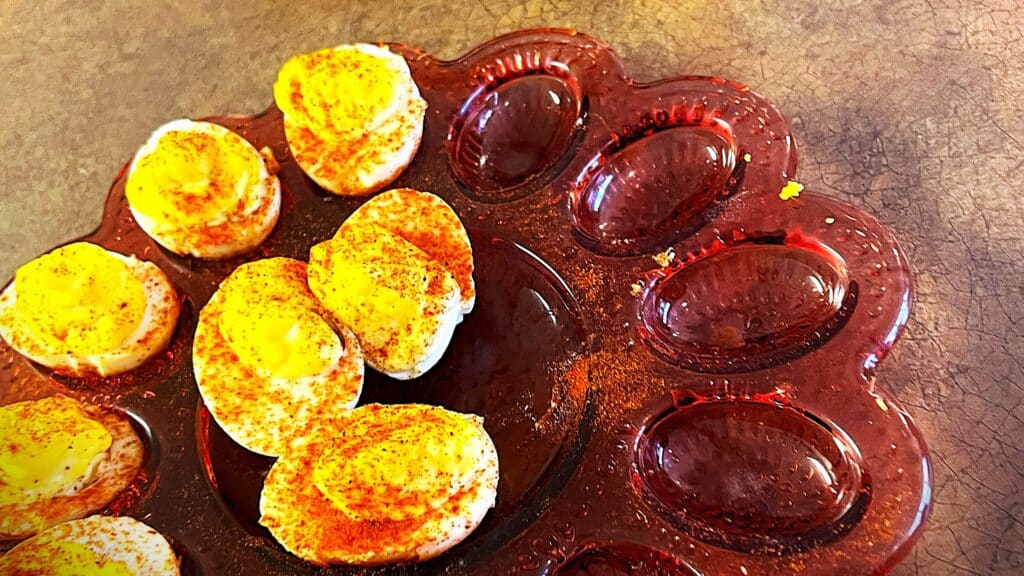
Christmas Day Feasts
Christmas morning is often a quieter affair, with stockings opened and breakfast enjoyed in pajamas. Pancakes, biscuits and gravy, homemade cinnamon rolls, and breakfast casseroles are popular staples. But as the day progresses, so do the culinary preparations.
In many Topeka homes, the Christmas Day meal is the star of the holiday. Turkey or prime rib often takes center stage, surrounded by mashed potatoes, stuffing, and green bean casserole. Some families add a touch of Kansas’ agricultural heritage with homemade bread and desserts featuring local ingredients like apples or pecans.
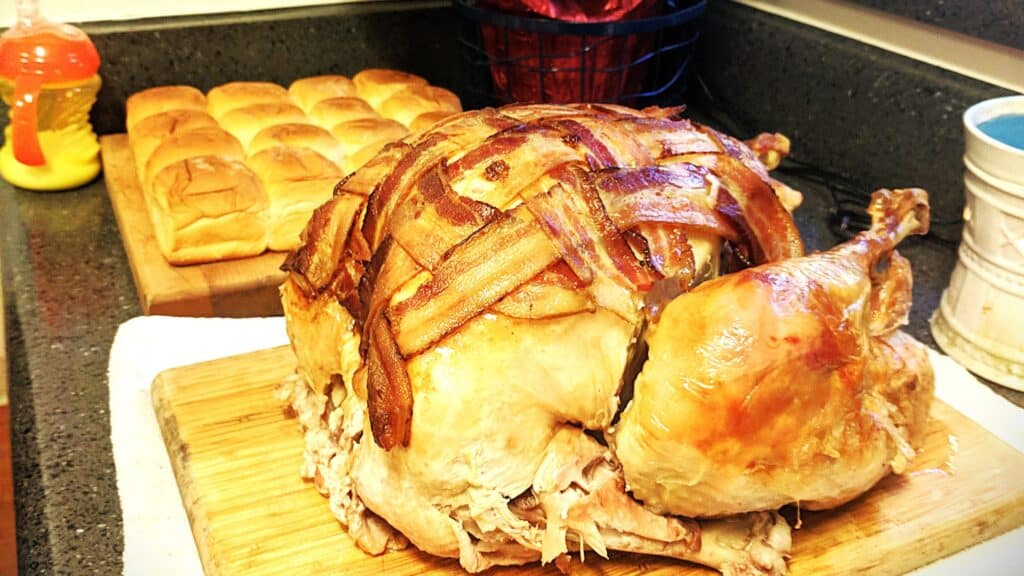
For others, the main dish might be influenced by cultural roots. Hispanic families might prepare birria or tamales again, this time accompanied by arroz rojo (Mexican red rice). African American families might bring out sweet potato pie, candied yams, and perhaps a gumbo pot, especially for families with Southern ties.
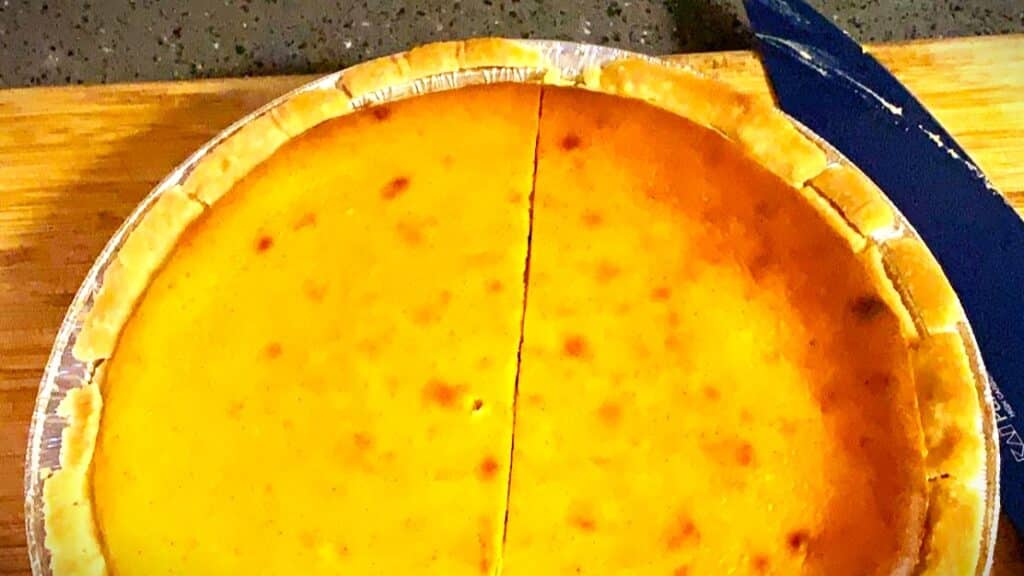
New Year’s Culinary Resolutions
As the year winds down, New Year’s Eve and Day offer another chance to gather around the table. In many cultures, the foods served at New Year’s are symbolic. Black-eyed peas and greens are a common sight in African American households, symbolizing prosperity and good fortune. Cornbread is another must-have, representing gold for a prosperous year ahead.
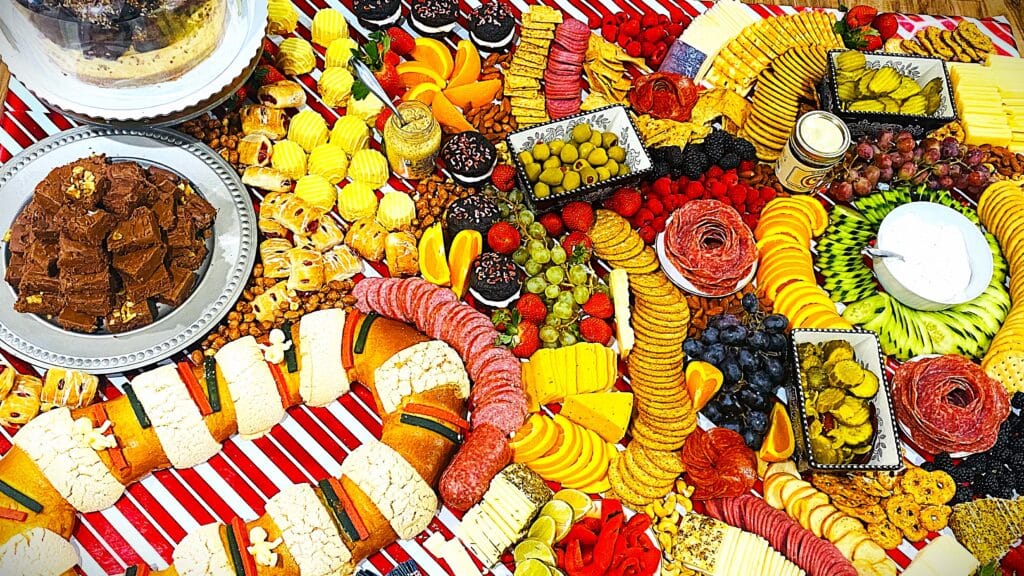
In Hispanic communities, the New Year is often rung in with 12 grapes—one for each stroke of midnight, symbolizing good luck for the months ahead. A midnight toast with a glass of sidra (sparkling cider) or a slice of rosca de reyes (a festive bread) adds sweetness to the occasion.
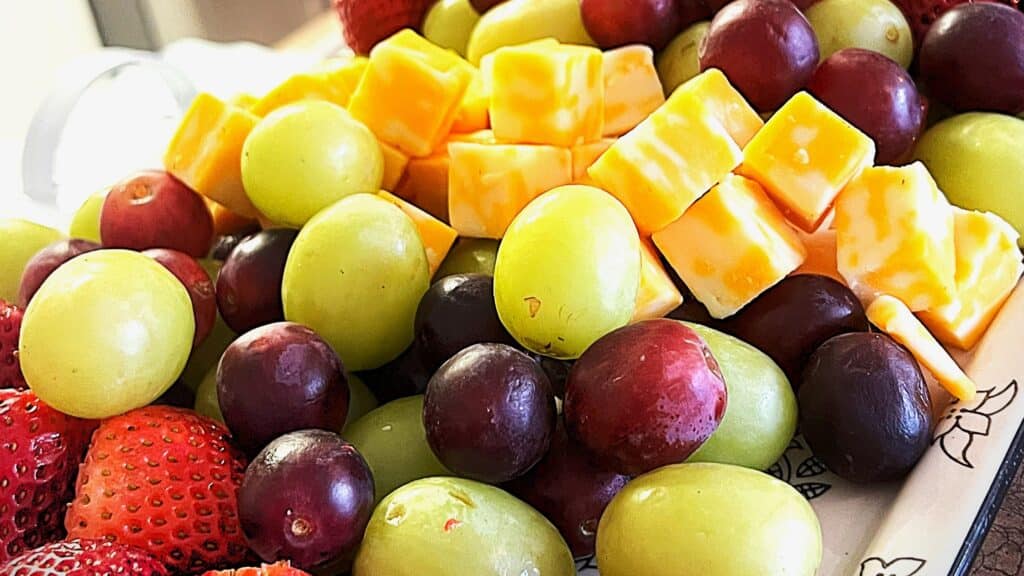
Meanwhile, Midwesterners might opt for hearty casseroles, meat-and-potato dishes, or even leftover Christmas treats. And yes, if there’s chili left in the pot, you might just find a cinnamon roll alongside it—because why not start the New Year with a bit of tradition?
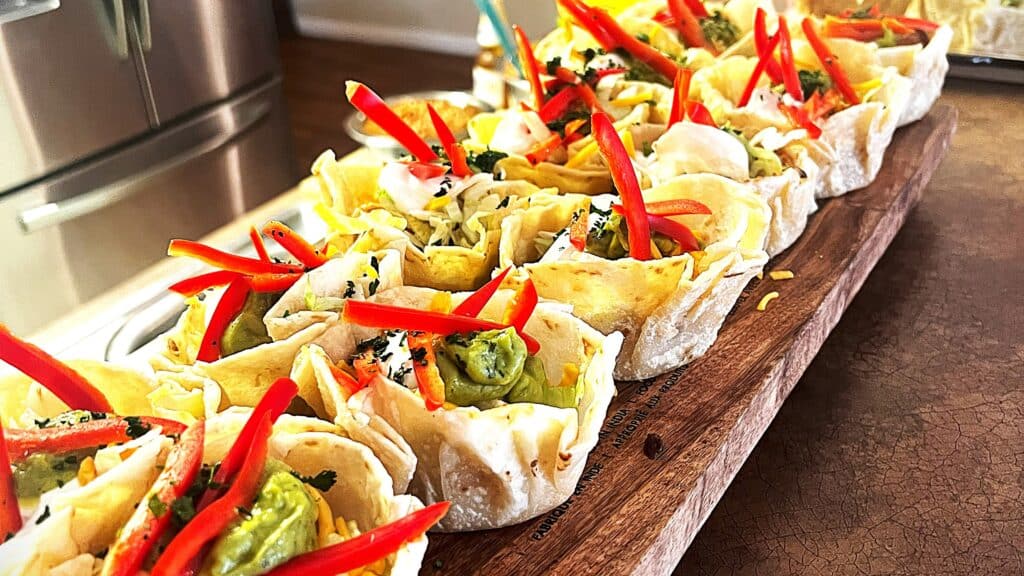
What’s Cooking at Your House?
Topeka, we want to know: What’s on your menu this holiday season? Whether it’s tamales or turkey, greens or gumbo, chili or cinnamon rolls, the beauty of our city lies in its ability to celebrate so many cultures and flavors. Share your family’s traditions and recipes with us on the Voice of Topeka, and let’s keep the delicious spirit of the season alive for everyone to enjoy.
From all of us to you, happy cooking and happy holidays!





